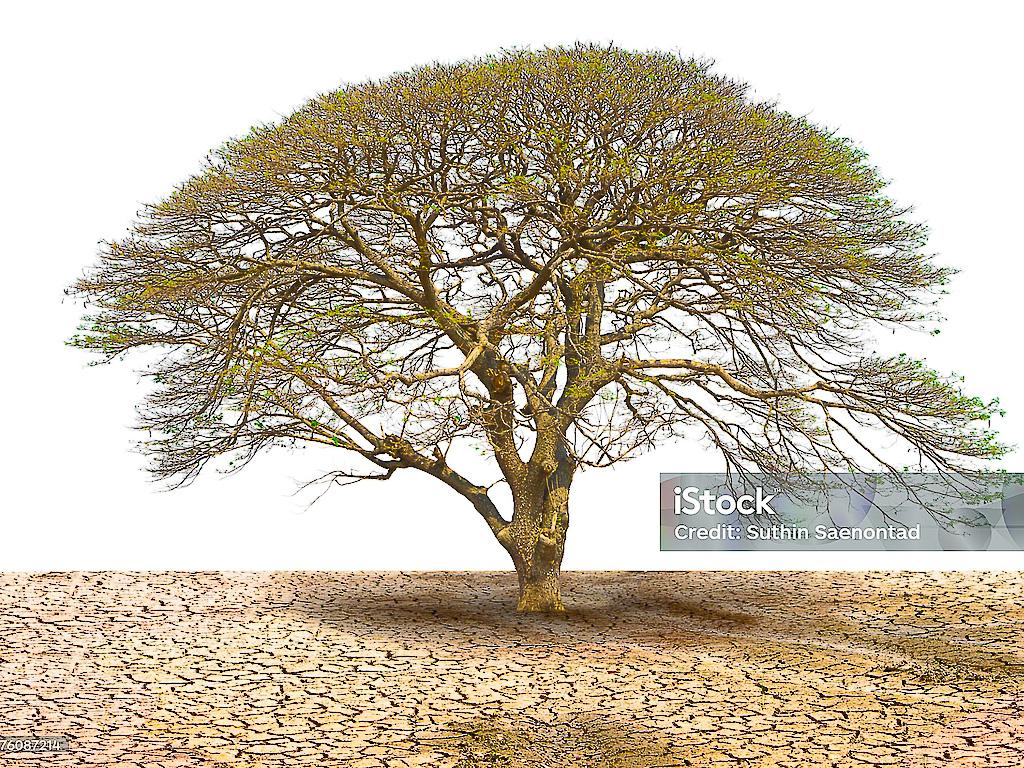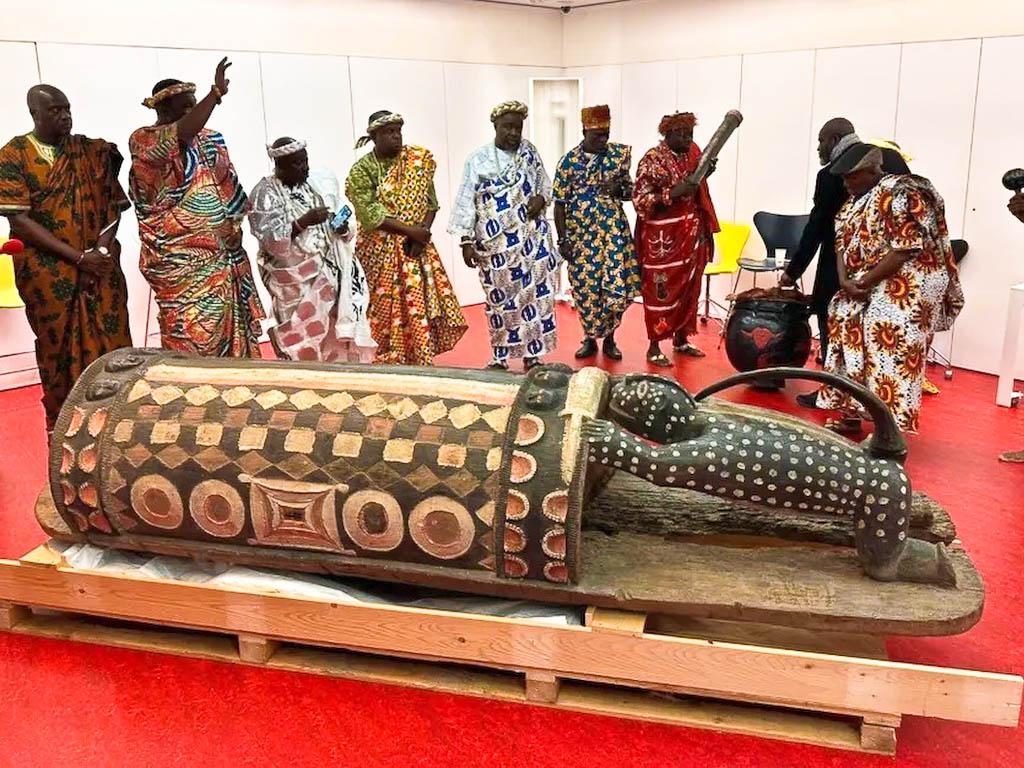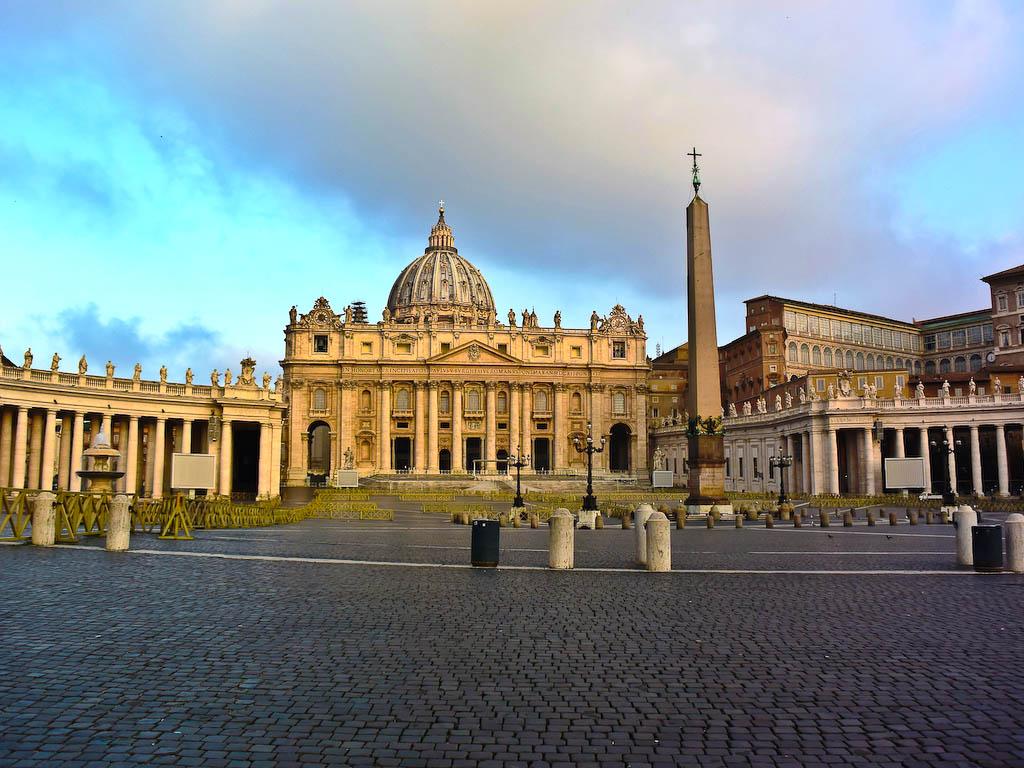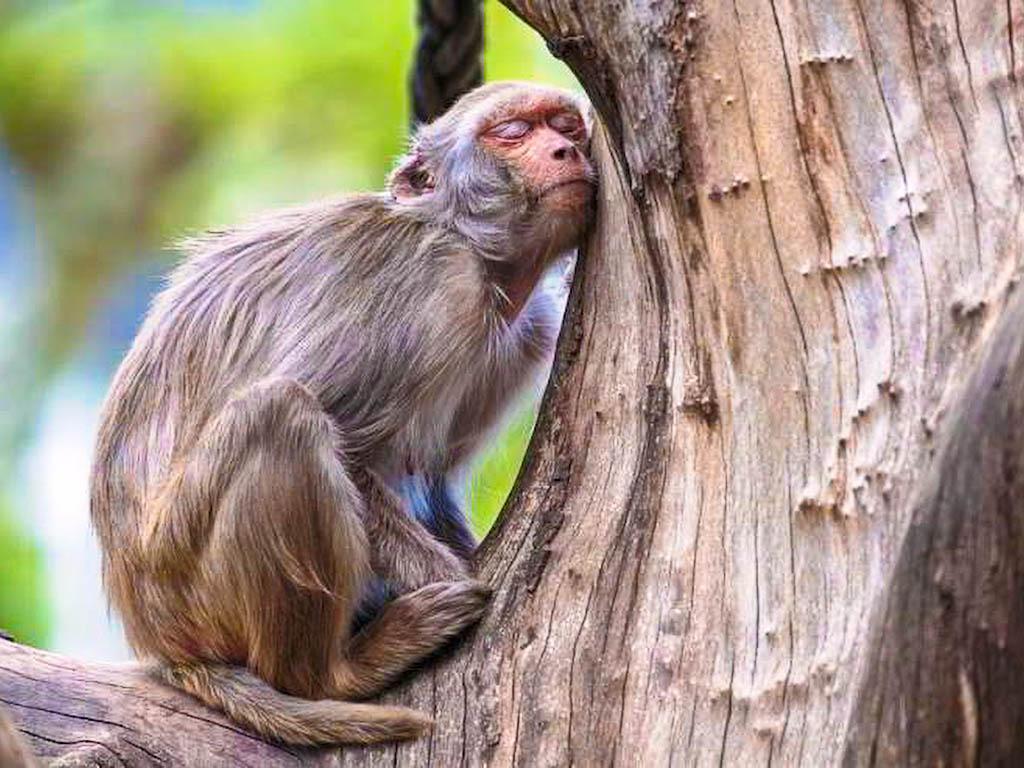The Tree That Waited for the Rain
Butembo 30.11.2025 Manariho Etienne Translated by: Jpic-jp.orgChristmas is approaching for Christian traditions, and the end of the civil year for most countries in the world. It’s a time of celebration, memories, regrets, and new plans. Hearts and minds fill with expectations and desires — but perhaps not every heart holds that true hope that makes life spring forth.

In a small village on the savannah, where the sun was merciless and the ground had cracked from the long drought, there stood a tree — the Kanga. It was the oldest and wisest of all trees, and though its branches were bare and grey, they still reached toward the sky.
All the villagers, weary and hopeless, had stopped looking upward. Their hands were empty, their fields barren, and their minds filled only with worry for the next day. The elder Jengo, the village chief, sat every day beneath the Kanga, shaking his head with disbelief heavy in his heart.
One day, a little girl named Amara approached Jengo. Amara had never seen rain, but her grandparents had told her stories of streams, green leaves, and plentiful harvests.
“Grandfather Jengo,” she asked timidly, “why doesn’t the Kanga tree die like the others? It has endured so many years of sun — why don’t its branches break and fall like theirs?”
Jengo lifted his eyes to the tangled branches. “The Kanga has deep roots, my child. It doesn’t live only from the water it drinks, but also from the water it remembers and waits for.”
“Waits?” Amara asked, puzzled. “But the rain no longer comes.”
Jengo took a deep breath and pointed to a small swelling at the end of a branch, barely visible.
“Look closely. There’s a hidden bud there. It’s not yet a leaf — it’s a promise. The tree, even without seeing a single cloud, knows that the water will return. It has memorised the rhythm of life. Its roots remain anchored, ready to drink every drop the moment it arrives.”
That evening, Amara told everyone in the village about the hidden bud and the roots that remember. Her voice was not full of complaint or nostalgia, but of a new vision lit by desire.
For the first time in months, people looked up. They began to clear the old irrigation channels — not because they saw clouds, but because, like the tree, they were preparing for abundance. They started sharing what little they had, smiling at one another, strengthening their human roots.
It was not faith in a deity that moved them, but hope — and the certainty of a natural truth: life always returns, but only those who are ready to receive it can thrive.
When, weeks later, the first heavy drops fell, the hidden bud of the Kanga unfolded into a bright green leaf. The village was not taken by surprise; they were already outside, with clean channels and prepared soil, ready for their rebirth.
In every heart echoed the message of hope: even in the driest moments — like the end of a cycle or the waiting for a better time — hope is not something magical or external. It is inner preparation, the memory of past joy, and the unshakeable trust that renewal — the rain — will come, and that the community’s commitment will make its arrival even more fruitful.
As a wise Swahili proverb says: “Penye nia pana njia” — where there is a will, there is a way.





















 EDitt | Web Agency
EDitt | Web Agency
Leave a comment